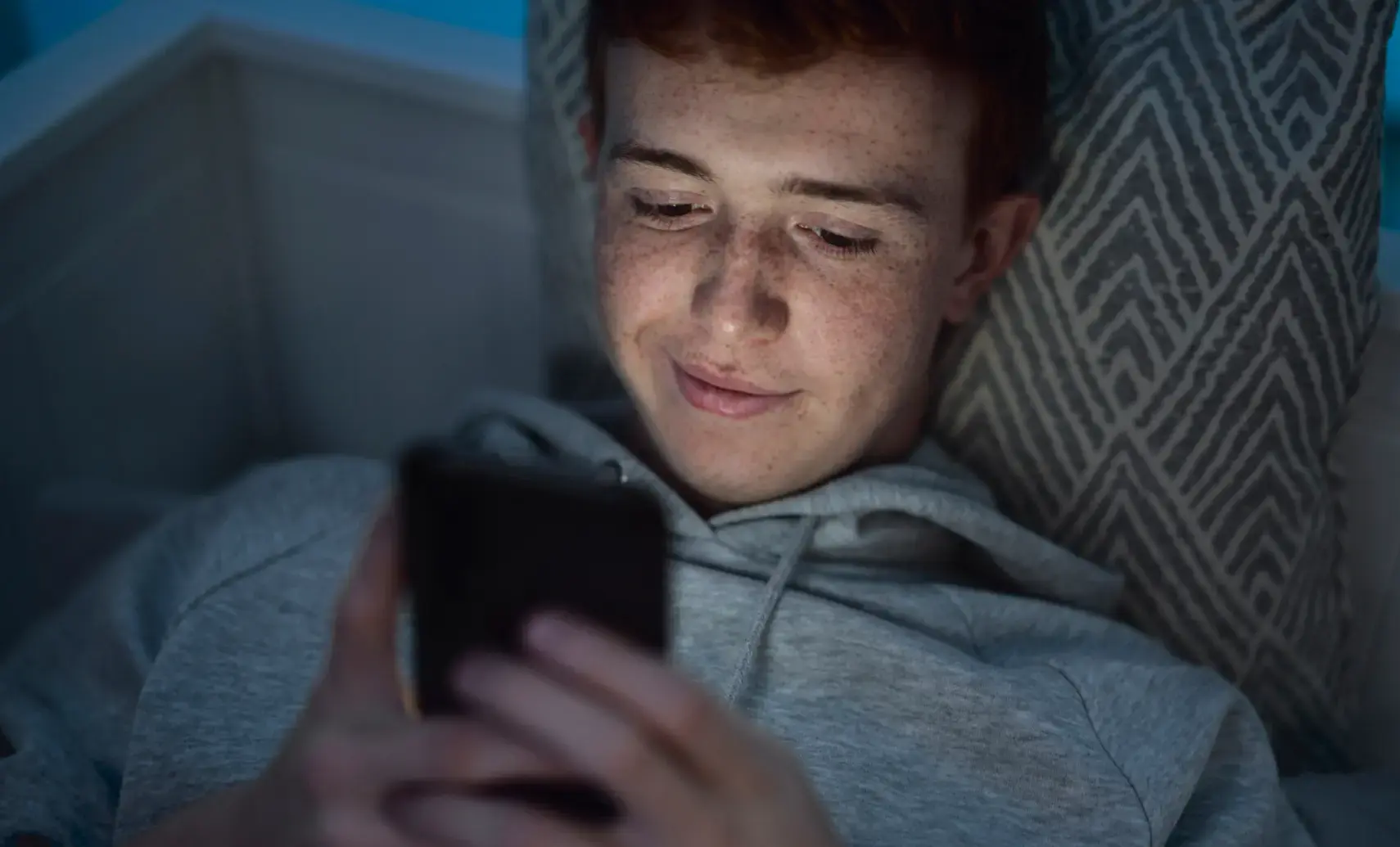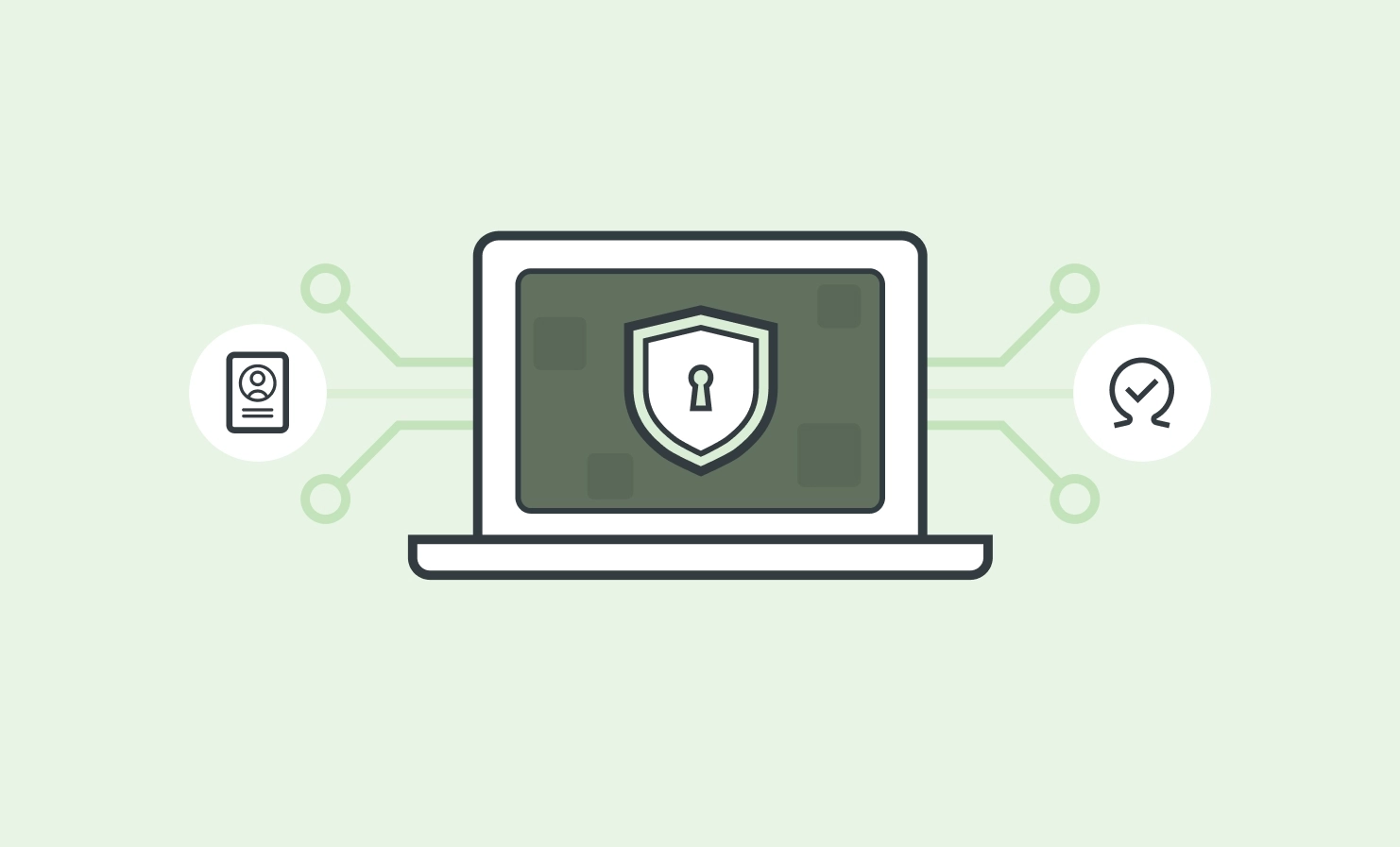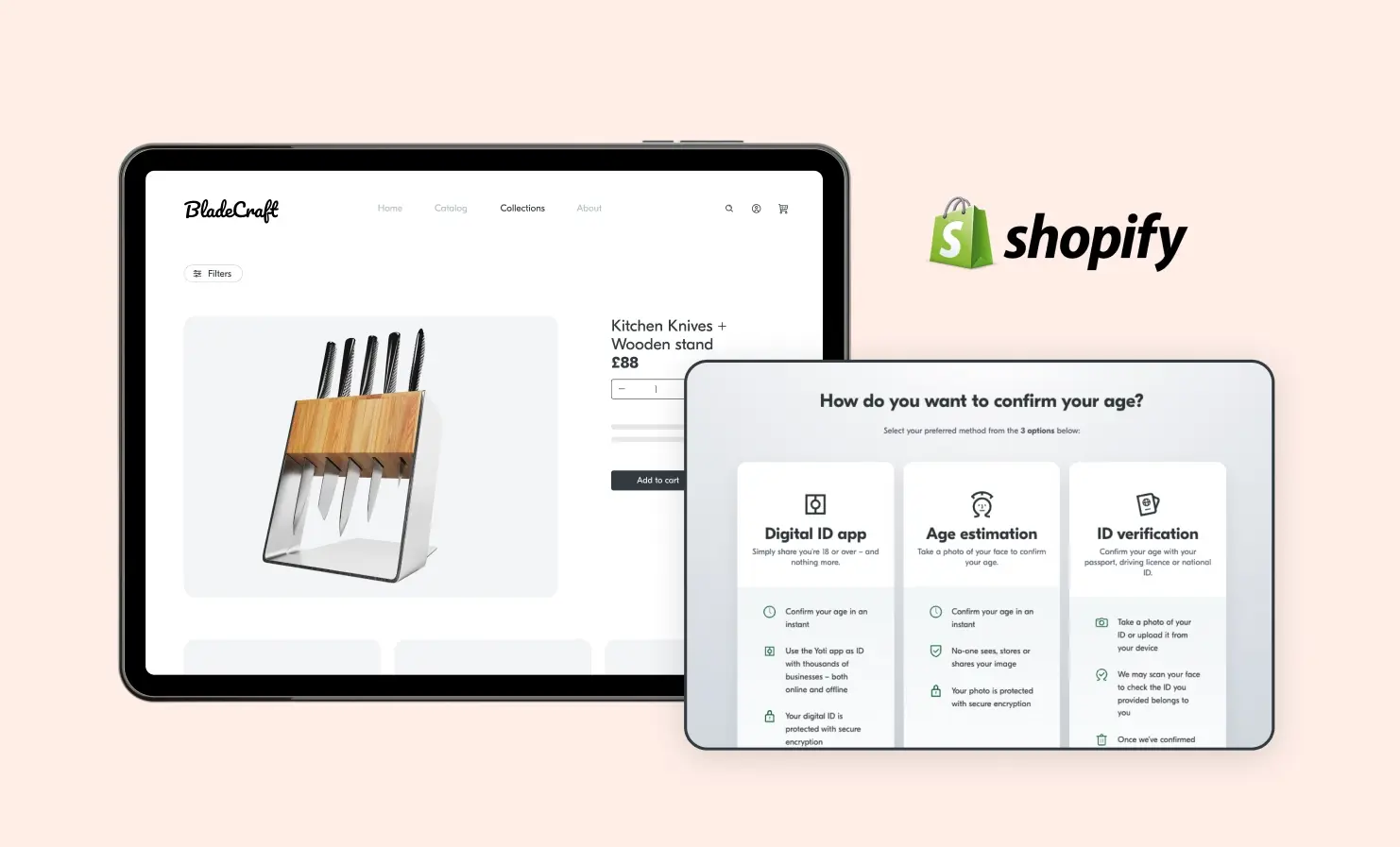
Digital identity and age verification are becoming integral parts of customer onboarding and access management, allowing customers to get up and running on your platform fast. However as customer verification tools become more advanced, so too are fraudsters seeking to spoof systems by impersonating someone, appearing older than they really are or passing as a real person when they’re not. Deepfake attacks, which can mimic a person’s face, voice or mannerisms, pose a serious threat to any business using biometric customer verification.
In this blog, we explore why detecting deepfakes early is essential for maintaining trust, security and regulatory compliance.
What are deepfake attacks?
Deepfake attacks use AI-generated synthetic media, including altered videos, images and audio, to impersonate individuals. The aim is to manipulate or gain unauthorised access to systems or services, constituting a form of cyberattack.
They can occur as either presentation (direct) or injection (indirect) attacks. Presentation attacks attempt to spoof a system using paper images, 2D or 3D masks, screen images or video recordings, while injection attacks try to manipulate the verification process by replacing the live camera feed with pre-recorded or synthetic images or videos.
Why are deepfake attacks rising?
2024 saw a significant rise in deepfake attacks, with technological advancements, increased accessibility and financial incentives to blame. The rapid rise in powerful generative AI models has made it easier to create and use deepfake images and videos – all accessible to anyone with a laptop and webcam. With the cost of living increasing, the potentially huge economic gains of exploiting customer data are just too appealing for some.
The growing dependence on remote, biometric-first customer verification has opened up the playing field for fraudsters – particularly if businesses are relying on outdated automated systems, with little to no human involvement.
The lack of public awareness and regulation has also enabled hackers to exploit systems, with some businesses overestimating their ability to detect deepfakes or downplaying the risk entirely as there is no consistent regulatory framework for them to follow.
The cost of missing a deepfake and why early detection matters
The potential financial losses and reputational damage of missing a deepfake attack could have long lasting consequences. Below we highlight why early detection is critical.
Preventing fraud at the point of entry
Detecting a deepfake attack at the point of customer verification is the most effective line of defence. After this point, a bad actor can gain access to sensitive information – about both your business and your customers. By the time an attack is detected, it may be too late to safeguard critical company data.
Maintaining brand reputation and customer trust
A deepfake attack can cause customers to lose trust in your business’ security measures and so turn to your competitors’ products and services instead. Customers expect their personal data to be safe within your systems – failure to do so can result in reputational damage, public backlash via the media and significant financial losses.
Safeguarding company resources
Responding to a deepfake attack is very resource intensive for a business. Investigating compromised customer accounts, trying to reverse unauthorised transactions and mitigating reputational damage all requires significant time, money and human effort.
Remaining regulatory compliant
Identity data handling is strictly regulated by measures like GDPR, eIDAS and the UK Digital Identity and Attributes Trust Framework. Failing to meet regulatory requirements could result in legal and financial penalties.
How businesses can stay resilient against deepfake-enabled fraud
To counter the rise in deepfake attacks, businesses should incorporate the below measures as part of their customer verification process.
Advanced liveness detection ensures it’s a real person being verified with just a face scan, stopping a deepfake attack before it can occur.
Injection attack detection technology ensures images submitted for verification are genuine and camera takeover has not occurred with a deepfake image or video.
Biometric face matching and strong account authentication can be used to match your customer’s face to a document or existing profile so a fraudster cannot claim to be someone they’re not. This technology can be used during onboarding to ensure your customer is the owner of a document, when matching customers to existing or new profiles, or for secure re-authentication.
Adding multi-factor authentication (MFA) provides a second layer of defence. Even if a bad actor gets hold of a customer’s password, they can’t access the account without an additional factor. This could be a push notification, a text code or authentication using FaceID.
Privacy preserving facial age estimation technology is highly effective at estimating age using just a face scan and takes only a few seconds. This technology ensures someone is not able to appear older than they are with a deepfake image or video.
Human verification experts add additional assurance and may be able to spot signs of a deepfake that technology cannot. Counter Fraud teams also research the latest trends in deepfake attacks globally so can stay ahead of potential threats.
As critical as early detection is, evidence suggests that ongoing authentication is also vital in securing your business systems. At the point of onboarding, a biometric template of your customer’s face can be stored for future authentication against a live face scan – safeguarding your business in the long term.
The threat of deepfake attacks is constantly evolving and so must our defences. Detecting deepfakes at the point of verification – before they’re able to infiltrate your systems – is critical. By investing in robust detection technology and processes, businesses can protect their systems and maintain customer trust in a world where seeing is no longer believing.
To find out how Yoti can help your business detect deepfake attacks, get in touch.



